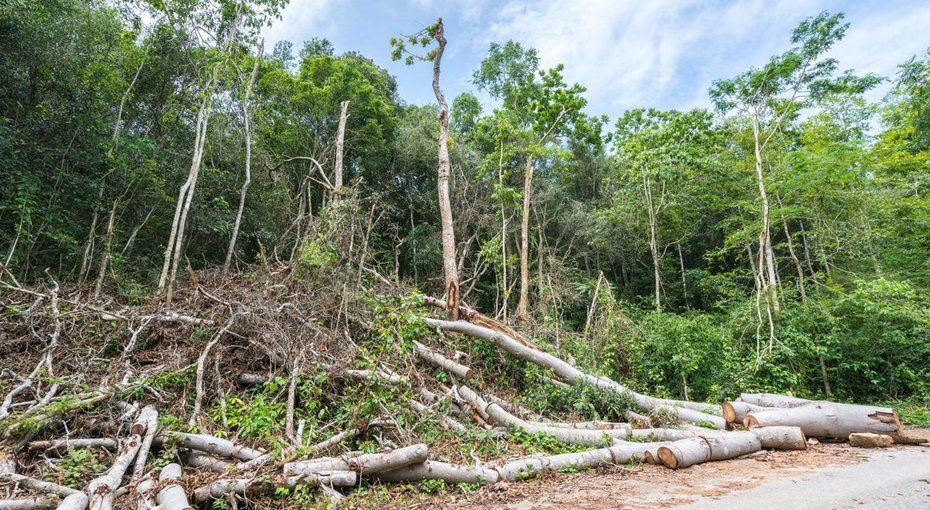Habitat loss main cause of decline in species population: DOE official

TEHRAN – Habitat loss, exacerbated by climate change, is the leading cause of population decline in species, the head of the wildlife protection office has said.
Climate change is one of the contributing factors to severe destruction of habitats, particularly aquatic ecosystems, which are under serious threat due to drought and decline in water resources,” IRNA quoted Gholamreza Ebdali as saying.
The department of environment (DOE) is taking different measure to protect endangered species to address these challenges and protect endangered species, Ebdali noted.
These measures mainly focused on addressing illegal hunting, boosting international collaborations, as well as developing action plans to conserve species, the official added.
Conservation efforts
Apart from habitat destruction, fragmentation, and modification caused by human-led activities such as industrial and residential development, logging, crop farming, livestock grazing, mining, road and dam building, and pesticide use have taken an extreme toll on threatened and endangered wildlife populations at an alarming rate.
The DOE has already developed action plans for the conservation of 25 endangered species, and the plans are being implemented in the country. It is also planning to organize a committee for the preservation of critically endangered species, including cheetahs, black bears, and great bustards.
Currently, about 128 species of animals and vertebrates in the country are at risk of extinction, some of which are not in good condition, and amphibians are the most vulnerable in this area. Persian zebra, Asiatic cheetah, black bear, and yellow deer are in danger of extinction.
Penalties for offenses, like the illegal killing of wildlife, fishing, or hunting without permits, have increased to provide a significant deterrent effect on wildlife crime.
In the last few years, protecting animal species in their original habitat and increasing the number of rangers in the protected areas have been considered one of the main tasks of the DOE.
Several meetings and consultations have been held with some other countries to benefit from their scientific and experimental capacities in the preservation of species such as the Asiatic cheetah, the great bustard, the leopard, and houbara bustard.
Holding several workshops and training courses on getting to know reptiles and amphibians, leopards, aquatic animals, and existing challenges, as well as diagnosing their diseases and ways to prevent them, are among other important measures that have been taken.
MT/MG
Leave a Comment